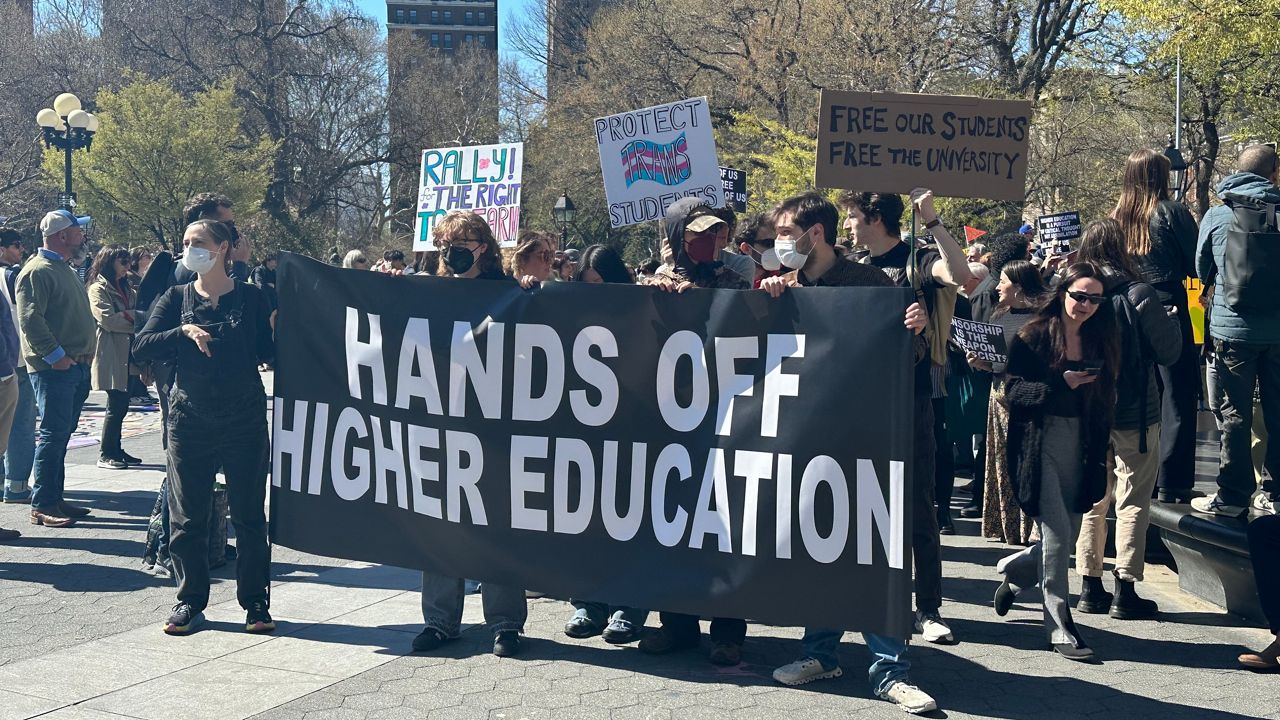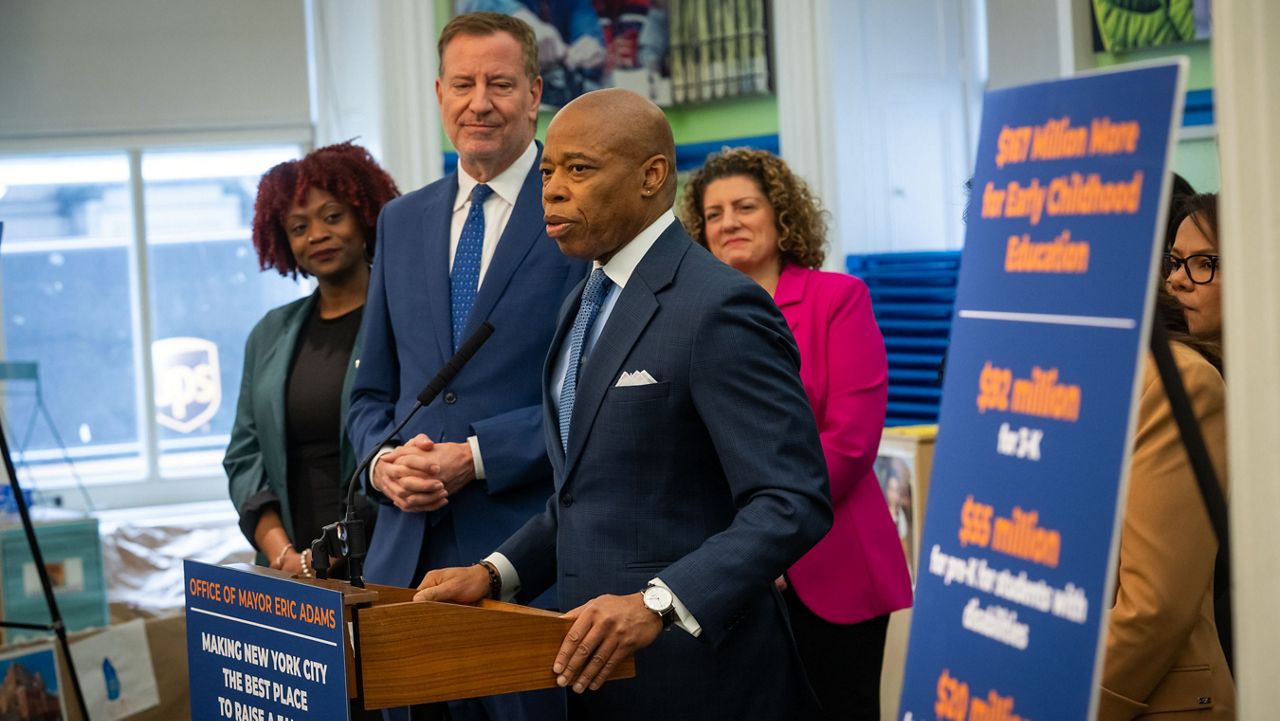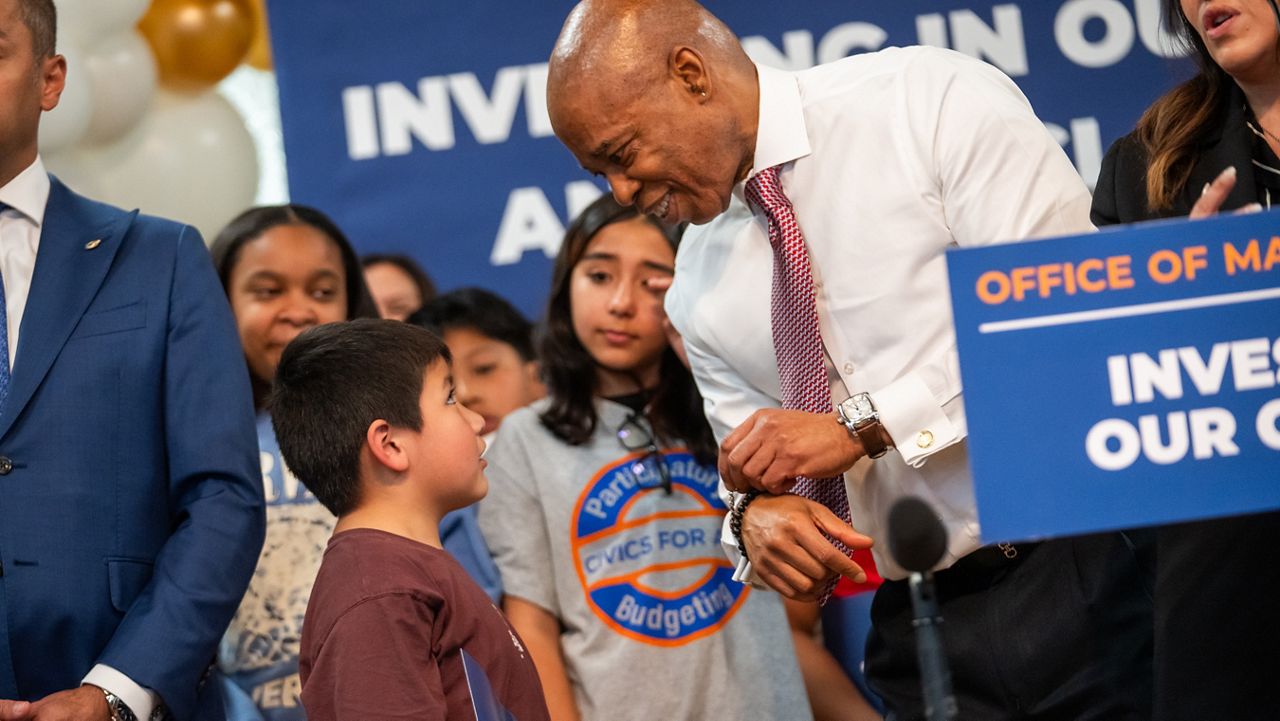In a Harlem classroom, students are learning about the people who came before them through a literacy lesson that features writing about the Harlem Renaissance.
“Black people were taking pride in the community right here,” Alicia King-Linder told her fourth-grade students.
As they work on reading skills, like drawing inferences from a text, they also learn about the rich history of the movement’s art, music, literature, poetry and politics.
“It’s just given them a sense of pride to know that something powerful happened in the very community that they’re in,” King-Linder said.
It’s just one of the ways Harlem’s history and culture is centered at Thurgood Marshall Academy Lower School, where classrooms are named for Harlem icons and students. King-Linder said the January and February theme for her class is The Future Liberation of Black People.
“However, we don’t necessarily feel like Black History was just one month learning about Black culture and history in general because it is American history. We just feel like that’s something that’s just embedded throughout the curriculum throughout the whole year,” she said.
Literacy lessons like this one also give students an opportunity to see themselves and their neighborhood reflected in the material they’re reading — part of the city’s focus on culturally responsive education.
“It feels like I’m a part of all the history and all the amazing things that happened here,” student Alana Schira, 9, said.
The lesson began with concepts like segregation, oppression and the Jim Crow laws, before moving on to the Great Migration and the celebration of the Harlem Renaissance.
“I feel like sometimes it can be depressing, because we learn about all the bad things that happen to Black people, but then they make it happy,” Alana said. “Then we learn about how they got away from it and how they got free.”
Principal Danica Goyens-Ward said that’s an important part of these lessons.
“When you’re learning about these topics that can be sensitive and that can cause maybe sadness or challenges, you definitely want to bring joy into the lesson so that students and teachers can see that we can overcome obstacles and there’s always solutions to different problems,” Goyens-Ward said.
Student Angel Hernandez lives in Harlem, but said before the lesson, he didn’t know all this had happened right in his backyard.
“I learned that the Black people were finally free, and they were celebrating about the freedom,” he said. Knowing it happened right in his neighborhood makes it feel “as if they’re actually here.”
At a time when the demographics of Harlem are changing, and as some states, like Florida, restrict the ways racism and history can be taught, Goyens-Ward said it’s important for her school to lead the way.
“We need to be at the forefront. We need to teach others about who we are. We need to learn about who other people are so we can make the world a better place,” she said.
Goyens-Ward went to public schools in New York City as a child, but said she only learned about these parts of history at home, from her parents.
“When I came to school, the American history that I was taught or was introduced to lacked the histories of Black and brown people,” she said. “So it’s really wonderful to see that students can learn their history and learn their narrative, not only at home, but in a school curriculum as well.”
The school views its students as future leaders, who one day will be contributing to the very Harlem history they’re learning about.
“It’s just giving students that sense of pride and that experience and that love. And understanding where you come from is definitely important because that kind of guides you to your future and where you’re headed,” King-Linder said.










